
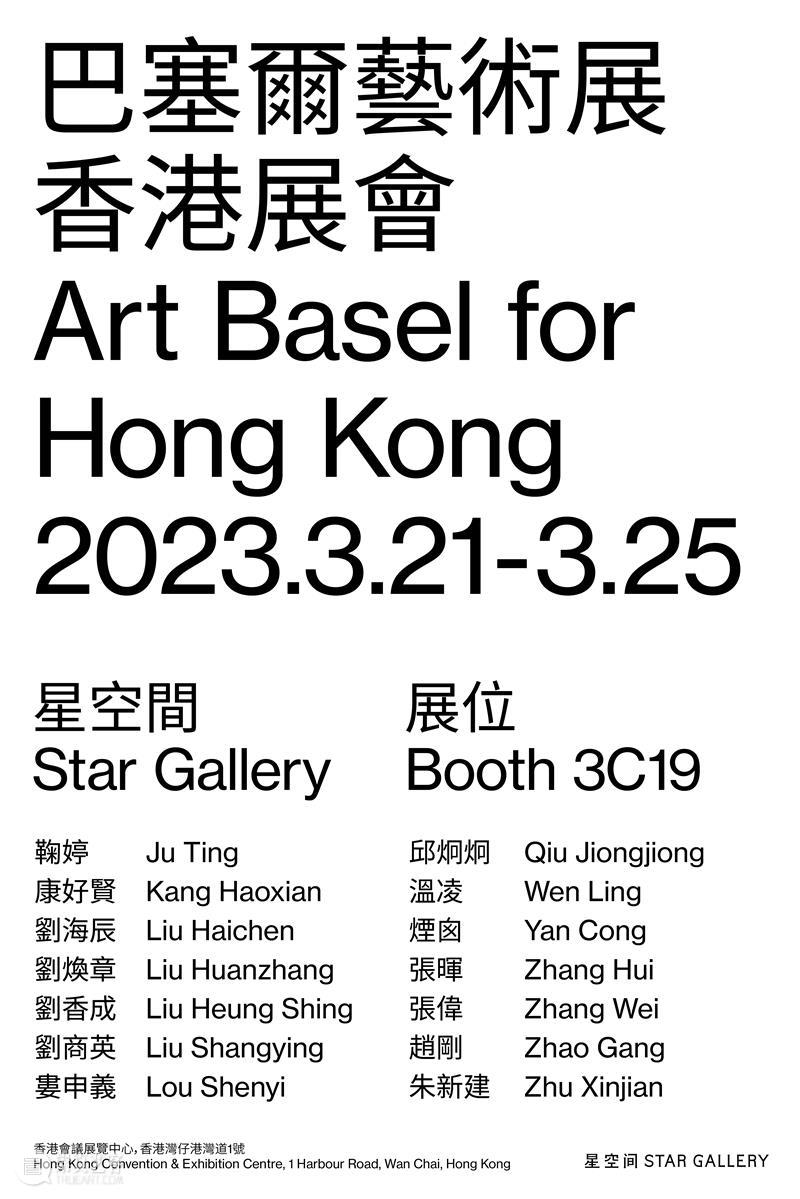
Star Gallery will participate Art Basel Hong Kong 2023.
Exhibits Works
Liu Huanzhang (b. 1930)
Swipe to view the work from various angles.
Ready to Rise
Granite
34 × 60 × 26 cm
1993
Liu Huanzhang is a pioneer of modern Chinese sculpture. The artist abandoned elaborate and complicated procedures and simplified details to highlight the sense of volume and texture of the materials. Based on Chinese sculpture traditions, the artist absorbed the strengths of sculptor masters such as Aristide Maillol, Antoine Bourdelle, and Henry Moore and fused his style with primitive simplicity and the modern aesthetics of abstraction. Before making "Desire to Rise," Liu Huanzhang came upon a massive piece of Ming Dynasty granite before a temple in Shichahai, Beijing. He then asked a Quyang stonemason to divide the piece into three parts, one of which became the material for carving "Desire to Rise;" another is included in the National Art Museum of China's collection, while the other is now in a private collection. The story of splitting the stone into three is as legendary as the transformation of the Buddha into three bodies, a coincidence in front of the temple turned into a rare masterpiece in the hands of the artist. “Desire to Rise" captures a half-leaning, half-reclining woman with her elbows on the ground, rising to her feet, reminiscent of Henry Moore's reclining figures, while Liu’s figure presented a softer, smoother line of the woman's chest and legs, which lend to a rhythmic sense of space and an oriental overtone.
Yan Cong (b. 1983)
Swipe for a panoramic view of the work.
Mice
Acrylic on canvas
182 × 152 cm × 5
2023
Since 2014, Yan Cong has been working on the “Profit-seeking Mouse" series, in which the golden background symbolizing money and fortune and the black mice searching for profit are the common visual elements. The artist associates profit-seeking with desire, and Yan Cong's artworks adopt a critical position on the art world's money-reigns-supreme culture while acknowledging greed as one of the most common human natures, just like rats rummaging for grains. Artists are not exempt from such character. Yan Cong wishes to gain respect and fortune at the same time, and his conflicting psyche is prevalent throughout this series.
This work uses a single motif repeatedly, so the heads and tails of the mice connect into a pattern, making the entire image ambiguous. The artist places the mice of irregular movements into an orderly composition. From a distance, the combination of black dots and golden background reminds the viewer of Yayoi Kusama's polka dots, the essential elements of cells and molecules, symbolizing the proliferation and metamorphosis of life. As the viewer approaches the tableau, the heads and tails extending from polka dots become apparent. With cartoonist drawing techniques, the artist translates what he's seen and heard from his daily experience into abstract dots suspended in the universe and then into 56 mice running on the ground to allow a unique vividness of his works to emerge.
Mice's fate is none other than fleeing in all directions. However, Yan Cong has exposed these densely packed mice before the viewers without giving them any embellishment, forcing viewers to confront the neglected and annoying creatures in our lives and reflect on the triviality of everyday life.
The absence of cats in this work allows mice to procreate without fear. Still, their paradise is not eternal, and the re-emergence of natural enemies will trigger the collapse of their society. The delicate balance in this picture delivers a vulnerability as fragile as that of human society, where the hidden dangers of exogenous and endogenous sources may shake the foundations of any community’s stability.
Liu Shangying (b. 1974)

Tengri Tagh No. 3
Oil on canvas
240 × 160 cm × 2
2022
In the summer of 2022, Liu Shanying traveled to the Tengri Tagh in Xinjiang, completing his fifth traveling painting project after Ali in Tibet, Ejinagar in Inner Mongolia, Lop Nor in Xinjiang, and the Altun Mountains. The artist painted in two locations of the ranges, the valley floor and the summits. “Tengri Tagh No. 3" was completed in the forest at the bottom of the valley, where the fairy-tale beauty used to frighten the artist away. Liu Shanying finally decided to start again with a sincere and straightforward painting that gradually broke through from the orders in its beauty. As once said by the German poet Novalis, “the world of the fairy tale is a world which is opposed throughout to a world of rational truth.”
Zhao Gang (b. 1961)
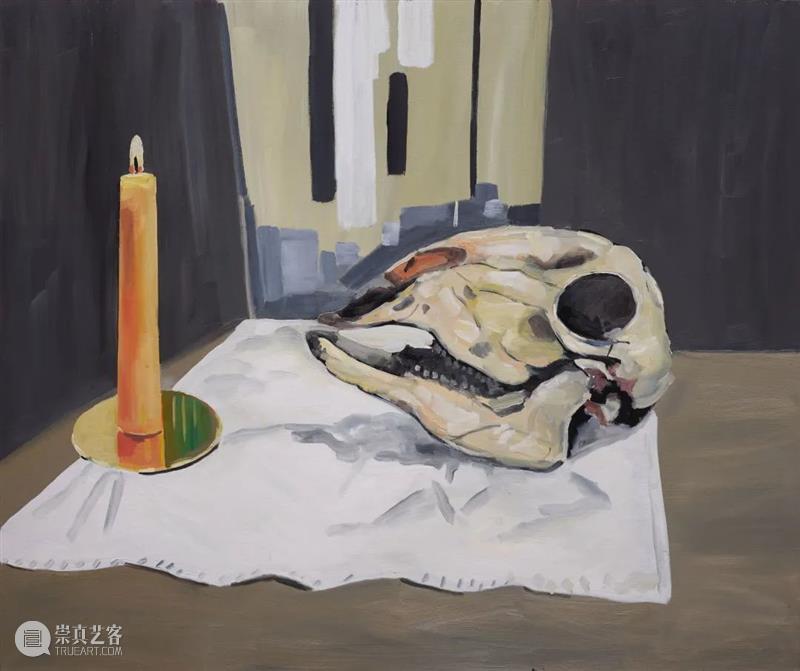
Richter Is dead No. 1
Oil on canvas
136 × 160 cm
2023
This work is titled “Richter is Dead No. 1,” and discovering the reason behind Richter's death becomes the viewer’s focus for this work. Using a contemporary title, Zhao Gang brings back to the public eye a playful take on a modern classic still-life of this era. In the 1980s, Gerhard Richter began to ponder the proposition of life and death; he created a series of still-life paintings of candles and skeletons based on photographs and then rendered a blurry effect with dry brushes across the canvas, giving the gentle lighting in the images religious connotations. Zhao Gang playfully criticized this series. As seen in "Richter is Dead No. 1," the artist deliberately replaces Richter's human skull with a sheep skull, a symbol of depravity in Western culture, depriving its archetype of its grand theme of life and death, as if flirting with art's pretensions of profundity. In contrast to its critical undertone is the work's stylistic aesthetics, where Zhao Gang's command of colors and shades in still-life painting reminds one of the works by Cézanne. The contrast between the sophisticated brushwork and its expansive irony reminds the viewer that concept is the soul of contemporary art.
Zhang Wei (b. 1952)
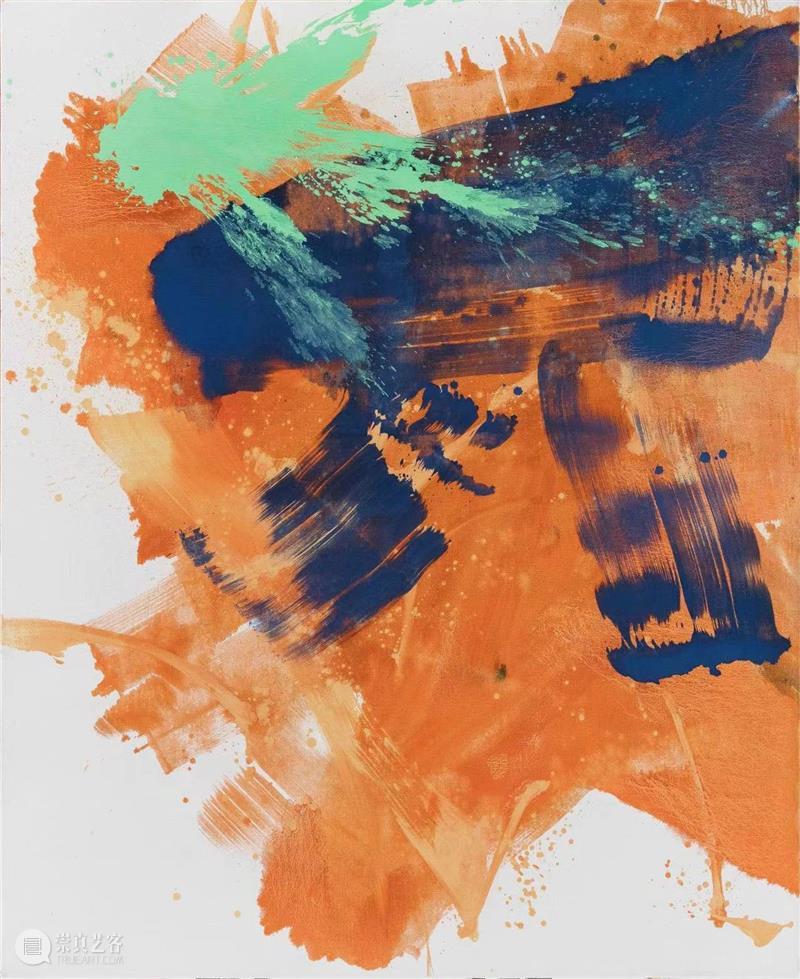
Z-AC1713
Oil on linen
220 × 180 cm
2017
Zhang Wei was one of the first artists to explore abstraction in Beijing since China’s reform and opening-up policies. His works were influenced by the many genres of post-war abstraction in the United States. With his pursuit of the avant-garde spirit and belief in artistic intuition, Zhang creates free and purely artistic expressions. "Z-AC1713" was made in 2017. The progression of color and the spontaneous use of brushstrokes is the artist’s way of connecting the body's primitive instincts with the painting process, creating a march-like experience, inching towards the viewer's visual and inner senses. Zhang Wei lays down the calmer orange-red brushstroke as the base, then overlays dark blue to correspond with more intense brushwork, and finally splashes on the radical emerald, bringing the overall visual effect to an unforgettable climax. Like presenting an improvised performance, the artist lays out colors that emerge from his subconscious, like synecdoche on the canvas, generating a rhythm. In the artist's words, "Art can ultimately exist entirely as elements of a medium, be it painting or music, that becomes a pure and sublime expression.”
Liu Heung Shing (b. 1951)

Freedom for Art
B&W inkjet print, Hahnemühle Photo Rag® Baryta 315 gsm
13/16
120 × 80 cm
1979
In 1979, Wang Keping, a determined young artist, held a cardboard sign with “Freedom for Art" on it and protested against the Beijing Public Security Bureau's unreasonable interference with the Stars Art Exhibition. This critical moment in Chinese art history, when artistic practices were freed from political discourse, was keenly captured by Liu Heungshing's camera lens. In 1979, the first year of China's reform and opening, the Beijing Municipal Party Committee gave the green light to young artists who wished to make their voices heard through their artwork, allowing the Stars to take its course. The slogan "Freedom for Art" is a timeless manifesto and a monument to the personal values of contemporary Chinese artists, inspiring them to persist in their belief in freedom of expression, even though they had moved on from the context of the specific times.
Lou Shenyi (b. 1973)
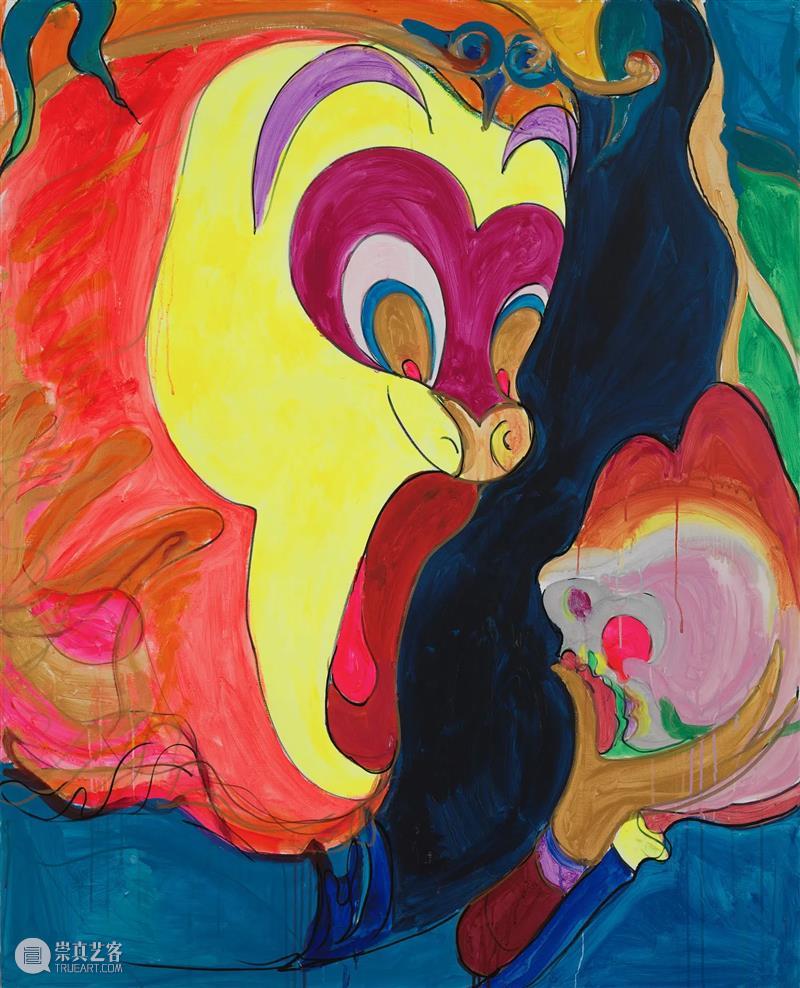
Ahwoo
Oil on canvas
150 × 120 cm
2021
The Monkey King that Lou Shenyi prefers is mischievous, naïve, and genuine, synonymous with the artist's uplifting, free, and joyful attitude toward art making. To amplify the joy in life through painting was the original intention Lou Shenyi had in making the Monkey King’s seventy-two transformations, a momentum for happiness. In hindsight, stealing the immortal peach at the heavenly gathering was pivotal to the Monkey King's fate, whose role changed from "a low-level official in heaven" to "a bold and demonic monkey." The artist keenly captures the critical plot of the story when the monkey king took a bite on the peach. From the angle of a 3/4 facial profile, the humor and tension in the act are depicted vividly. The immortal peach is a unique fruit in the heavenly palace; once eaten, one is to synchronize with the rhythm of heaven and earth and the sun and the moon. The peach in Lou Shenyi's painting is shaped like a breast, to suggest love and attachment, which also implies that longevity and joy are desires men and gods share.
Kang Haoxian (b. 1989)
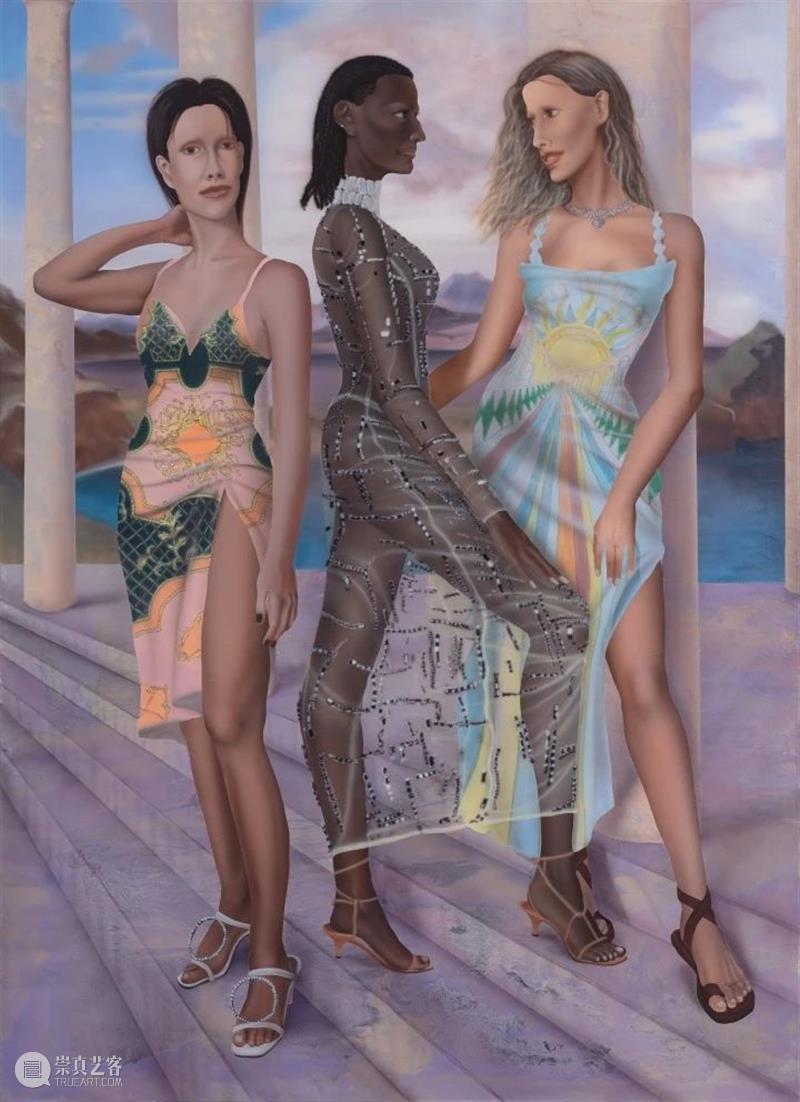
Call for Life
Acrylic on canvas
175 × 127 cm
2023
In 2018 and 2019, Kang Haoxian stayed in Beverly Hills, Los Angeles, where the parties he frequented day and night stirred a desire for a good life. Kang Haoxian generalizes the memories of the extravagant parties into a freestyle and spontaneous mentality in life, which brewed and ground out in his recent paintings. In "Call for Life," the female figures in robes and white pillars recall the popular Hellenistic parties in Europe and America, where the black woman, whose face is delineated as that of a VR game character, shows her interest to white woman in a provocative but rigid gesture, while the woman on the left is oblivious to such events, still posing for the camera. The artist narrates a seemingly absurd portrait of a party crowd, confessing the hilarity and debauchery of alcoholic culture. Kang Haoxian carefully hides the emptiness behind the pomp of this painting, drawing the viewer back to the vivid experience of loss after indulgence.
Ju Ting (b. 1983)
Swipe to view details of this work.
Winter Is Coming
Acrylic on wood panel
109 × 111 cm
2023
Ju Ting's works have consistently addressed resistance and introspection. From "Pearl" and "+-" to "Untitled," the cultural undertones inherent in the artist's subconscious have given her past works a subtle, restrained, and flexible temperament. After years of holding back her voice, Ju Ting finally broke the silence, revealing the "violent" tendencies hidden behind her X-acto knives to the world. The silence of winter foretells the coming of spring. As 2023 is a new starting point for gloom to fade, to create "Winter Is Coming" is particularly appropriate for such a moment. Ju Ting stacks layers of acrylic in various colors on top of each other and waits for the physicality of the entire work to transform. With repetitive hammering of the surface, her destruction creates a relationship between the self and the artwork. As the chilling silver shell shatters, waves of color burst through the confines and gush out. This work embodies the artist's ongoing observations on social reality and women's survival: The repetitive and laborious process is hidden beneath a glossy surface, and the truth beneath the surface becomes less critical. Just like the appearances set up by the cultural status quo, where the shackle of reality is given a beautiful veneer, all practices appear righteous. Ju Ting releases her desires and rebellion through the art of destruction, opening a window for the suffocating world so as to breathe freely. When stereotypes and rules fall into dust and smoke, the brilliant colors of free life will bloom eventually.

Coral 102021
Acrylic, cinder block
40 × 50 × 50 cm
2021
Ju Ting is resolute in exploring the relationship between material and space on the painted surface, trying to take an acrylic painting from a two-dimensional surface to a three-dimensional space. Although "Coral" is still based on the material of acrylic, it begins to undermine the two-dimensional limitation of this medium, bringing this traditional painting material closer to immortality in sculpture. The soft body of "Coral" is made of acrylic scraps from the "Pearl" series. With many layers of paint poured on top, the paint strips and the hollow bricks at the bottom eventually come together to form an organic whole, eventually into its final form. The winding and curled-up acrylic strips and the eruptive color impact lend to this artwork's vivacity and elusive vitality.
2021 was uncertain for many people, while "Coral," created that year, is the three-dimensional space that Ju Ting has constructed for her inner world. Although the paint strips in this work are carefully placed so as to be confined within the rectangular-shaped base, they would not conceal the disorder and chaos in their nature. The pink paint pouring down from the top is like a warm, soft force that imposes order over chaos and embraces the restless hearts in an unrelenting world. The artist's choice to use "hollow bricks" in this work is also quite playful, probably a “phonetic joke” the artist throws at the viewer. Cinder blocks have been a grounding element in China's rapid economic development over the last few decades. Its inexpensive and highly effective quality, bearing witness to the transformation of an era, is unfortunately "hollow." Ju Ting keenly captures this attribute and allows the soft "sea creature" to grow freely on this "heartless" shell, assigning it a new life.
Zhang Hui (b. 1968)

Man and Woman No. 6
Acrylic on canvas
160 × 130 cm
2021
Human has always been one of the most common motifs throughout Zhang Hui's painting practice. The man and woman in this picture are calm and composed in their gaze. Their half-steps and naturally opened arms convey a confident body language; the artist has evicted them from Easterners' inherent shyness about body. In 1985, Meng Luding and Zhang Qun presented China’s first fully nude “Adam and Eve” in their "In the New Era: The Revelation of Adam and Eve," which became a landmark work of cultural emancipation in the 1980s. Zhang Hui's works have inherited the creative spirit to embrace the original and real beauty of humanity since 1985. The even bright tone in "Man and Woman No. 6" lends an oriental temperament to the “Adam and Eve” in a brave way, and the beaming pure colors give the picture a sense of holiness. They are what human beings should look like at the dawn of civilization, coming toward the audience with vigorous vitality.
Zhu Xinjian (1953-2014)

Detaining the Moon for the Empty Mountain
Ink on paper
66.6 × 33.3 cm
2012-2013
In the last few years of his life, burdened with illnesses, Zhu Xinjian continued to consider painting instinctive and devoted himself to it wholeheartedly, using his left hand to create artworks that reduced complexity into simplicity and delivered ingenuity as clumsiness.
"Detaining the Moon for the Empty Mountain" depicts a simple subject with the artist’s consummate painting skills. Although one can see four Chinese characters, Kong Shan Liu Yue, clearly written on the top right of the painting, it includes neither an empty mountain nor the moon, let alone people, other than two hares cuddling under a tree. As the poem by Zhang Xun of the Song Dynasty reads, "The mountains are like former lovers who have since changed, but the bright moon remains over the empty mountain," the artist was suggesting that all the chaos would finally disappear, leaving the moon and the empty mountain to eternity. The pair of hares perceived by the viewers is the projection of their melancholy. The painting conveys a calm atmosphere and lofty temperament. A few wisps of tree branches and a few domestic animals render a small universe that keeps the secular worries outside.
Qiu Jiongjiong (b. 1977)

Sewing Revered Monk
Oil on aluminum
60 × 80 cm
2022
Transforming characters from “Journey to the West” into the contemporary context has been Qiu Jiongjiong's usual creative approach. This painting, like a storyboard of a film, presents a moment of the monk pig Zhu Bajie’s life. From a public perspective, Bajie is known for being idle, full of desires and cardinal sins, who does not match the image of a revered monk dedicated to Buddhism, but someone around us. The simple brick wall and the gray wooden door form a cramped space in this painting, but Bajie does not mind the small and dim environment—his right hand retains the shape of a pig's hoof to hold the sewing machine, while his right hoof transforms into a five-fingered human hand, sewing clothes for himself with great interest. The artist is more interested in the down-to-earth Bajie, whose anthropomorphic characters are multi-dimensional, with the depth of humanity. As the play's leading role, he is more endearing to the viewer compared to a revered monk of great virtue whose "mind is as bright as a mirror that would not be stained by a speck of dust."

Leda and the Swan
Charcoal on paper
45.5 × 53 cm
2022
Qiu Jiongjiong considers the subjects and images of legends, history, and canonical texts to be an inexhaustible source of inspiration, and often reconstructs them by asserting them in the familiar atmosphere of his hometown Sichuan, thus shaping his visual history. From Correggio and Rubens of the Renaissance to Gustave Moreau in the 19th century, many iterations of “Leda and the Swan” created by Western masters were imbued with a mythological tone. Their classical compositions, gorgeous colors, and voluptuous lines have gradually stirred up the viewer’s repressed desires. Qiu Jiongjiong’s “Leda and the Swan,” based on this iconic motif of Western painting too, presents a different scenario, in which both Zeus, in the form of a swan, and a son of his that is about to hatch are shown in a gesture devoid of divine glory, both surrounding the bewildered Leda with an expression that invites praise, displaying a touch of humor mixed with vulgarity. The copulation between God and human is portrayed by the artist like an afternoon sport of the middle class idling away their time. Qiu Jiongjiong gives the picture a feminist facet as a reflection on the traditional mythological narrative of women as a channel of fertility.
Wen Ling (b. 1977)

FMB 2022 No. 29
Acrylic on canvas
100 × 100 cm
2022
Wen Ling takes his comic-making experience as his entry point, blending his fantasies drawn from daily life, to explore the issues of color and composition of painting on canvas. Nudy, whose eyes are represented by a pair of breasts, is the only female character of the FMB cartoon series created by Wen Ling. The design of this character is based on the artist's personal experience, whose curiosity and confusion with sexuality have been an essential thread in his work. In "FMB 2022 No. 29", Nudy is chained to a cross that alludes to a piece of S&M apparatus, while two FMB boys are sitting on the sofa, enjoying her performance, if not struggling. The artist turns an intimate and personal entertainment into a "public execution." The iPad on the table is suggesting a life-stream performance. The breasts on Nudy’s face make the whole picture weird—when they are mal-placed in the face, her facial expression of all kinds of emotions is eliminated. We don't know whether the involved are happy with their circumstances or are undergoing some unspeakable difficulty. As with today's blind pursuit of visual stimulation in the era of the Internet, it is daunting to think that facial features can be faked and reversed. One can also easily recognize that the location of this "execution" is in the kitchen with the sink and cabinet in the background. Such an inappropriate setting discloses the artist’s vicious association with the shady transactions on the dark web. The bright, solid colors and the super-flat formality of the image convey a deep sense of unease to the viewer, in a way of being fed a beautiful but bitter candy by the artist.
Liu Haichen (b. 1988)
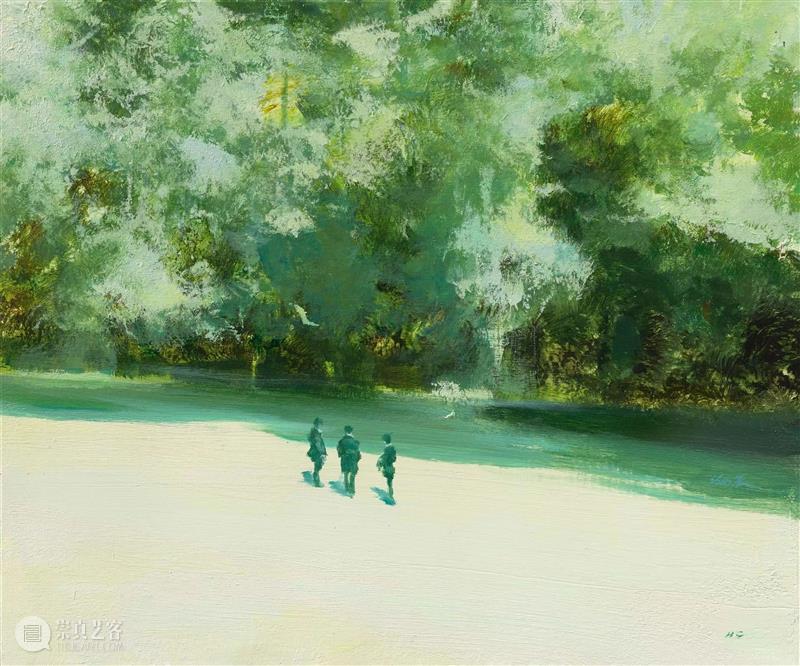
Elites in the Forest
Acrylic on canvas
50 × 60 cm
2022
Liu Haichen's art centers on the landscape painting that blend in the relationship between man and nature. The artist is adept at capturing moments where human nature and natural forces intertwine and visualizing them in open-ended storytelling. The painting depicts three men standing at the edge of a riverbank, talking in the heat of a dense forest. Vaguely visible from their silhouettes are their hunting costumes of 19th-century European aristocrats. They seem to have been stopped by the uninviting jungle. As a metaphor for the game between modern civilization and natural order, an unspeakable tension is suggested. The artist wanders through such feelings and imagination, slowly revealing on his canvas how nature appeals to humanity and man’s instinctive response to nature. Liu Haichen believes that landscape painting is a genre that allows artists to explore the relationship between the subject and the objective world, which comes from one’s simple experience of life instead of any norm of civilization. Excited about the impactful landscapes, Liu explores the primitive connection between man and the objective world, extracting the traces of his engagement in reality, to construct his unique model of the world through painting.



已展示全部
更多功能等你开启...

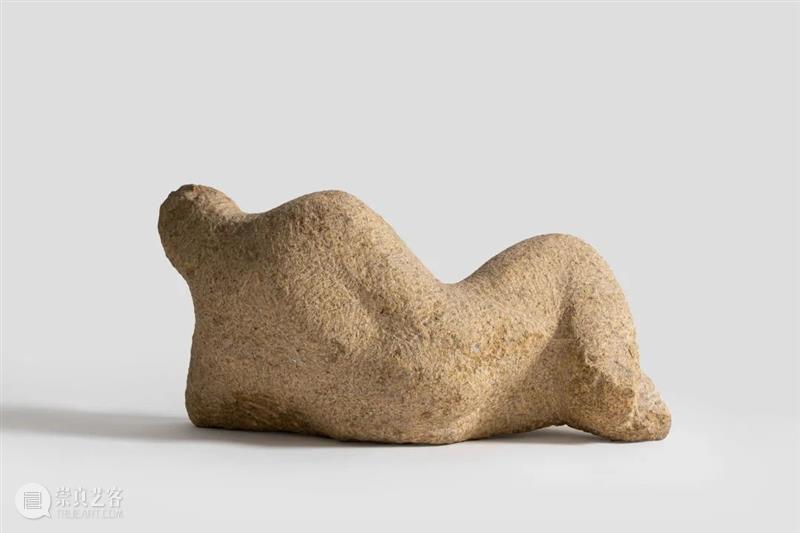

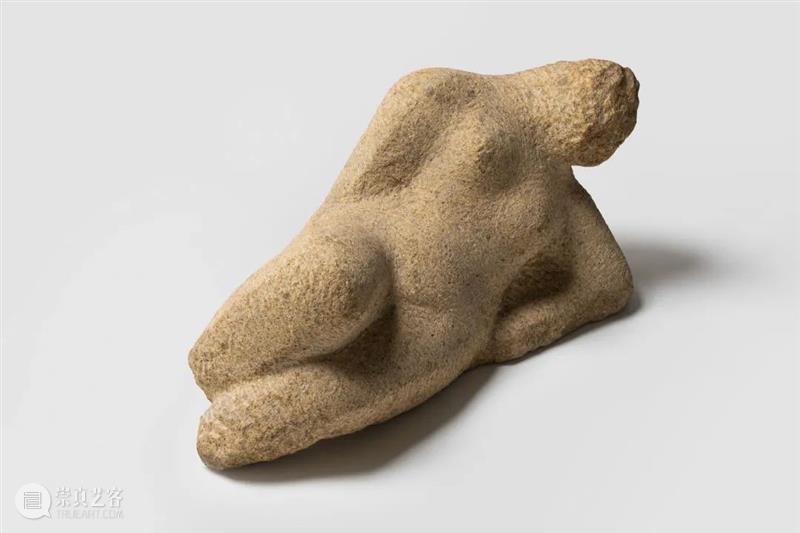
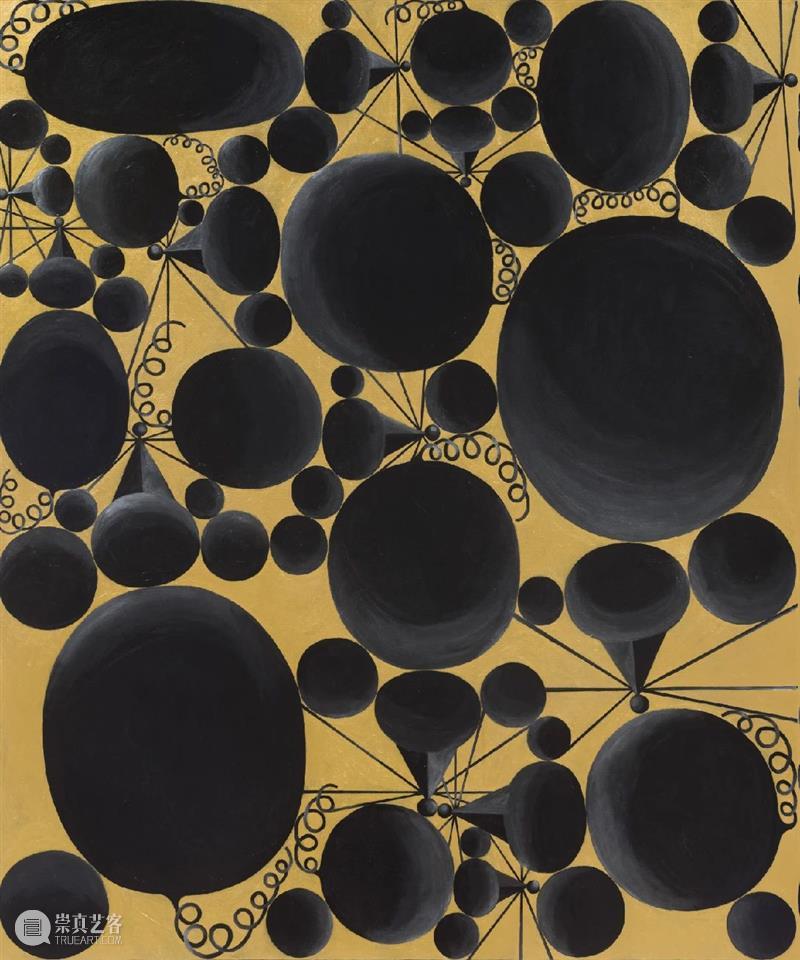
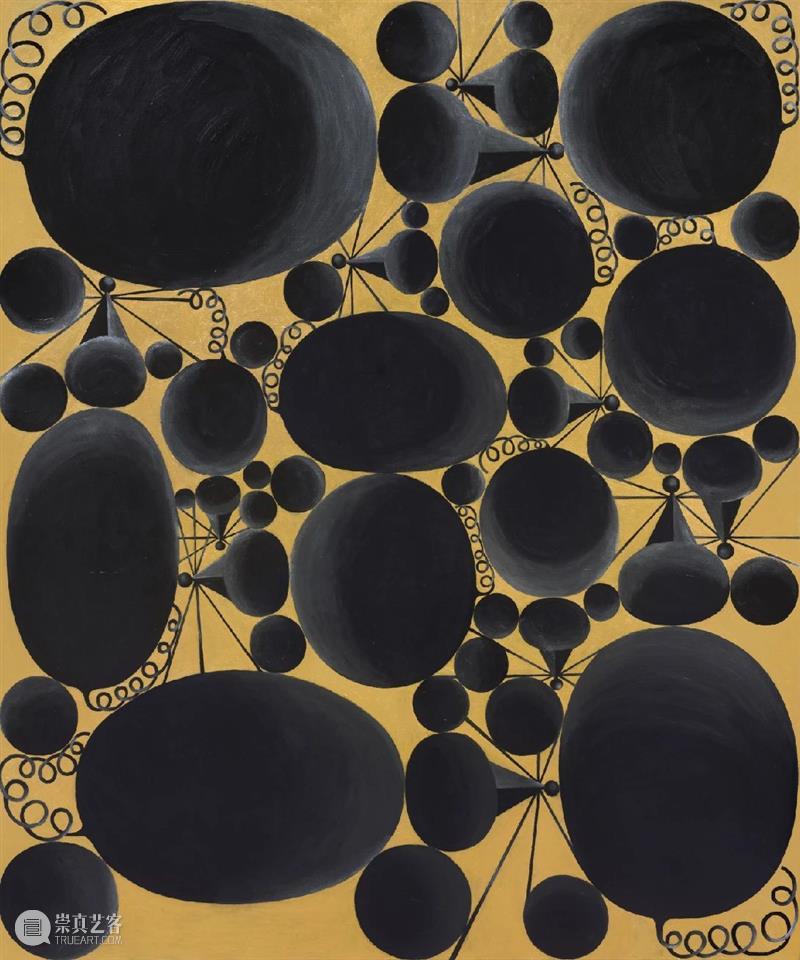
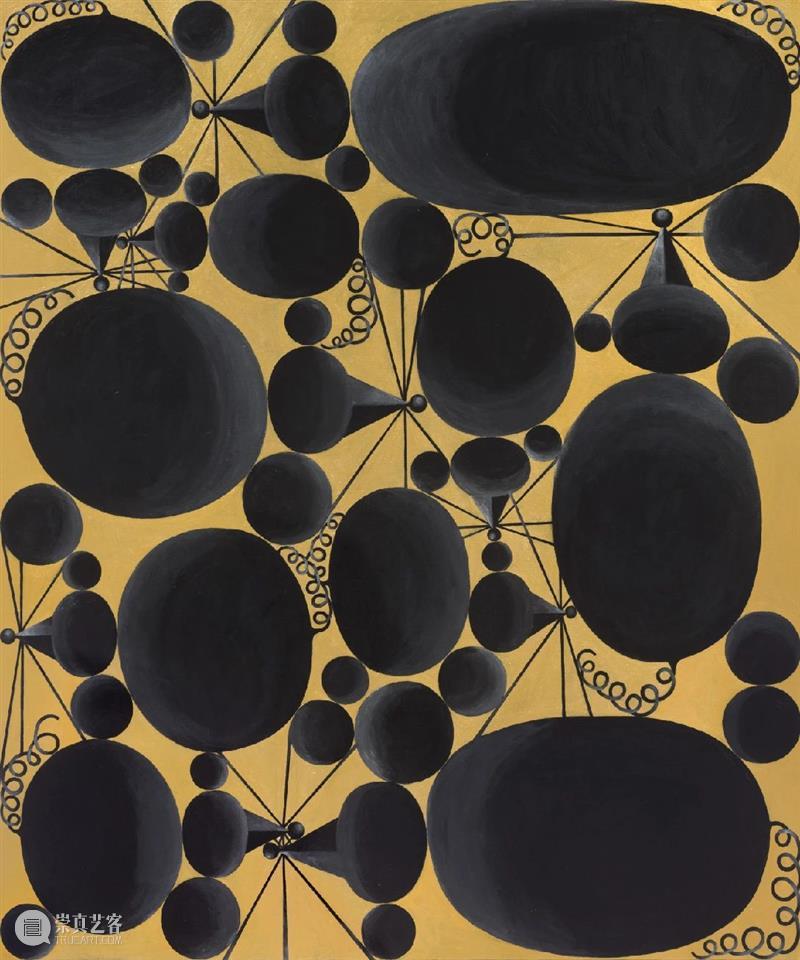

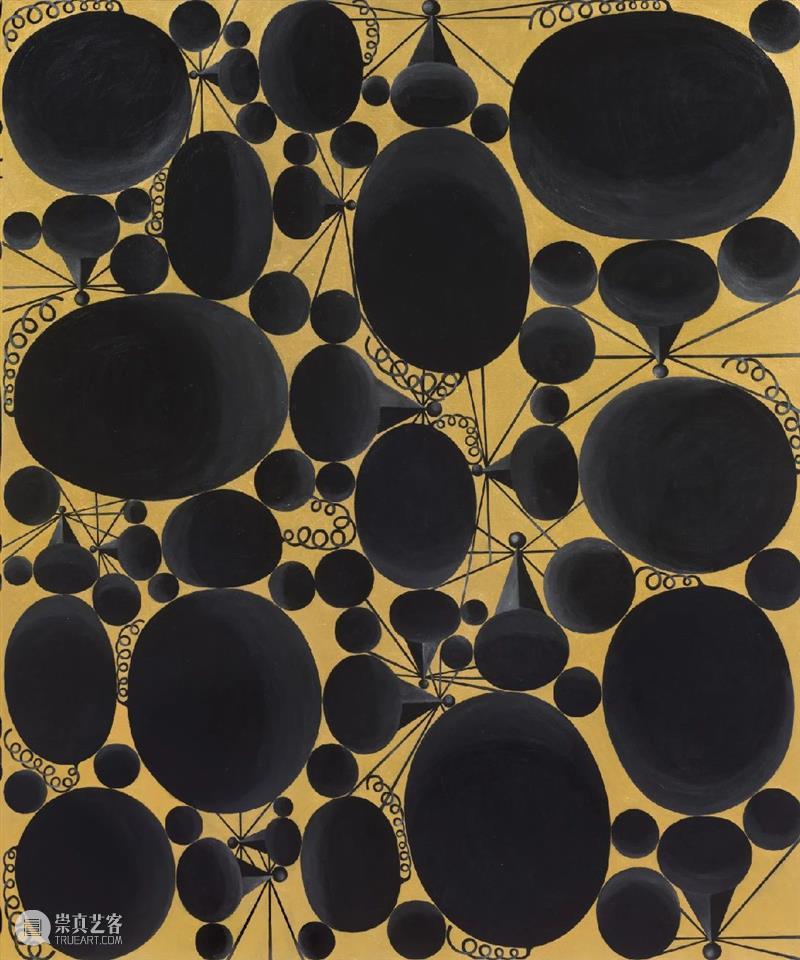

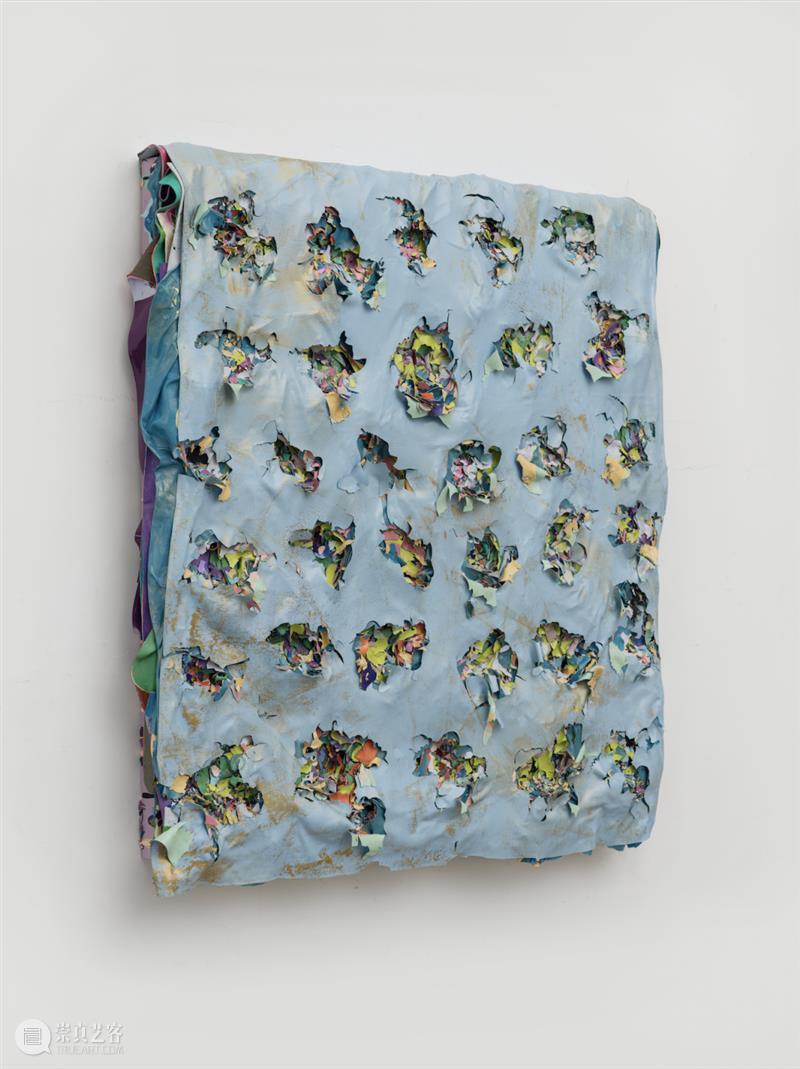






 分享
分享